
Wow, the holidays have rolled around again! They sneak up on me every year as if I didn’t know they were coming. So, what to do? Have a glass of sparkling wine! Most people would just say Champagne, but I don’t want the French coming after me. You can legally call it Champagne only if it comes from the Champagne region of France. The EU, and France, are picky about this; in 2008 more than 3,000 bottles of sparkling wine produced in California labeled with the term Champagne were destroyed by Belgian government authorities. Yikes.
But then I don’t know, because there’s still Korbel’s California “Champagne.” Go figure.
I want you to know there are plenty of other sparkling wines made in the same style as Champagne, often without the high price. Look for Cava from Spain, Sekt from Germany, labels that say Metodo Classico or Franciacorta from Italy, Cap Classique from South Africa. Here in the US look for the term Traditional Method. And, also from other parts of France, there’s Crémant. We have choices!
And here’s what most of these have in common: secondary fermentation in the bottle. How does that happen? I’m glad you asked.
Here’s a brief overview of how traditional sparkling wine gets made. Get ready. It’s a process.
1. Get those grapes fermented just like usual. No bubbles yet. The Cuvée.
2. If you want to blend, do it now. The Assemblage.
3. Add the liqueur de tirage. What? A mixture of wine, sugar and yeast that will start the most important second fermentation. Or just Tirage. Put this blend in those heavy duty bottles and top it with a crown cap, like a beer bottle cap, and let it slowly ferment again where it will create alcohol and carbon dioxide. The bubbles!
4. After fermentation is complete, age the bottles for several years so the wine can gain complex yeasty flavors.
5. Then lay those bottles in a riddling rack. In the old days, (where no one cared if you got carpal tunnel) someone came to gradually turn them day by day with ever more tilting until they get completely upside down. Now, thankfully, most are done by machine. The process gets all the sediment and expired yeast cells into the neck of the bottle. Called Riddling or Remuage.
6. When ready for release, stick the necks in frozen brine, flip right side up and watch out! The frozen sediment shoots out along with a little wine. This is appropriately called Disgorgement.
7. Now you have to top the bottle back up. And here is where the sweetness of the wine is determined. Because along with a little wine from the previous year, you can add a touch of sugar or more, depending on how sweet one wants the resulting wine. This is called Adding the Dosage.
8. Cork and wire that baby. Drink as soon as you want! This is called The Good Part.
Whew!
Here are some other interesting facts and things to know about French Champagne.
The primary grapes used are Chardonnay, Pinot Noir, and Pinot Meunier. A bottle marked Blanc de Blancs is made from 100% Chardonnay grapes. A bottle with the words Blanc de Noirs is made from the two red grapes Pinot Noir and Pinot Meunier. How you say? The juice from the red grapes is clear and there is little to no skin contact, (where the color comes from) so the resulting wine remains white. Oh, there’s pink champagne too! This is mostly made by blending a little red Pinot Noir wine in with the juice early on. Or by letting the juice macerate on the skins for just a brief time to pick up some color.
Mostly champagnes are non vintage. Houses blend the current years’ wine with previous years to keep a consistent house style. With exceptions for very good years. Then it should be exceptionally good and there is a year on the label.
Also, contrary to popular belief, Dom Pérignon was not the first to invent sparkling wine. He did formulate guidelines to markedly increase the quality of Champagne. He was a proponent of the new English glass which was thicker and stronger than French glass. He also used cork as the closure of choice. Previously, bubbles in wine were not only undesirable, they were downright dangerous! When the weather warmed up in this cooler climate area, and the yeast reactivated, the CO2 would build up, and bottles would literally explode. Cellar workers had to wear iron masks to protect themselves! Phantom of the Cellar!
One last thing. Did you know that in 2009 a group of 12 wine experts tasted a bottle of 1825 Perrier-Jouët champagne? It was considered the world’s oldest champagne. They liked it! Called it “addictive!” And, lucky for you, there are two more bottles left. Just in time for New Year’s Eve…
Happy Holidays!

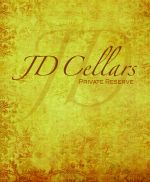
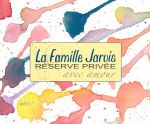



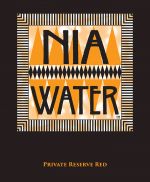

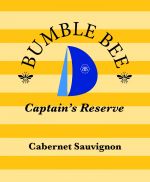
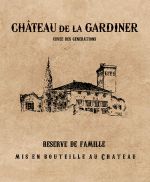
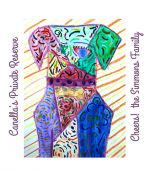
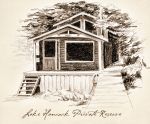
0 Comments